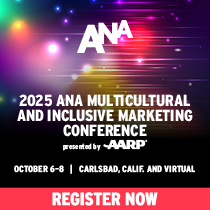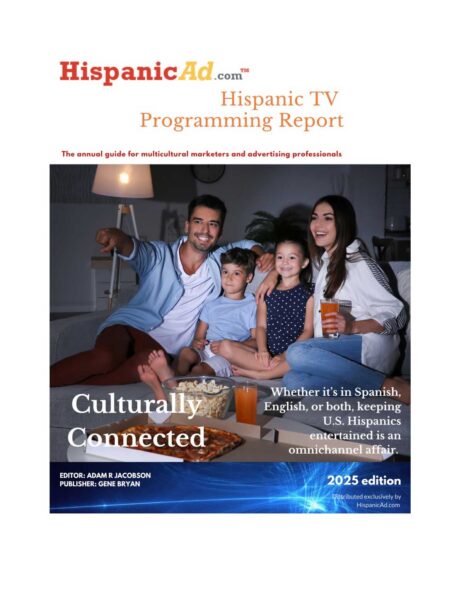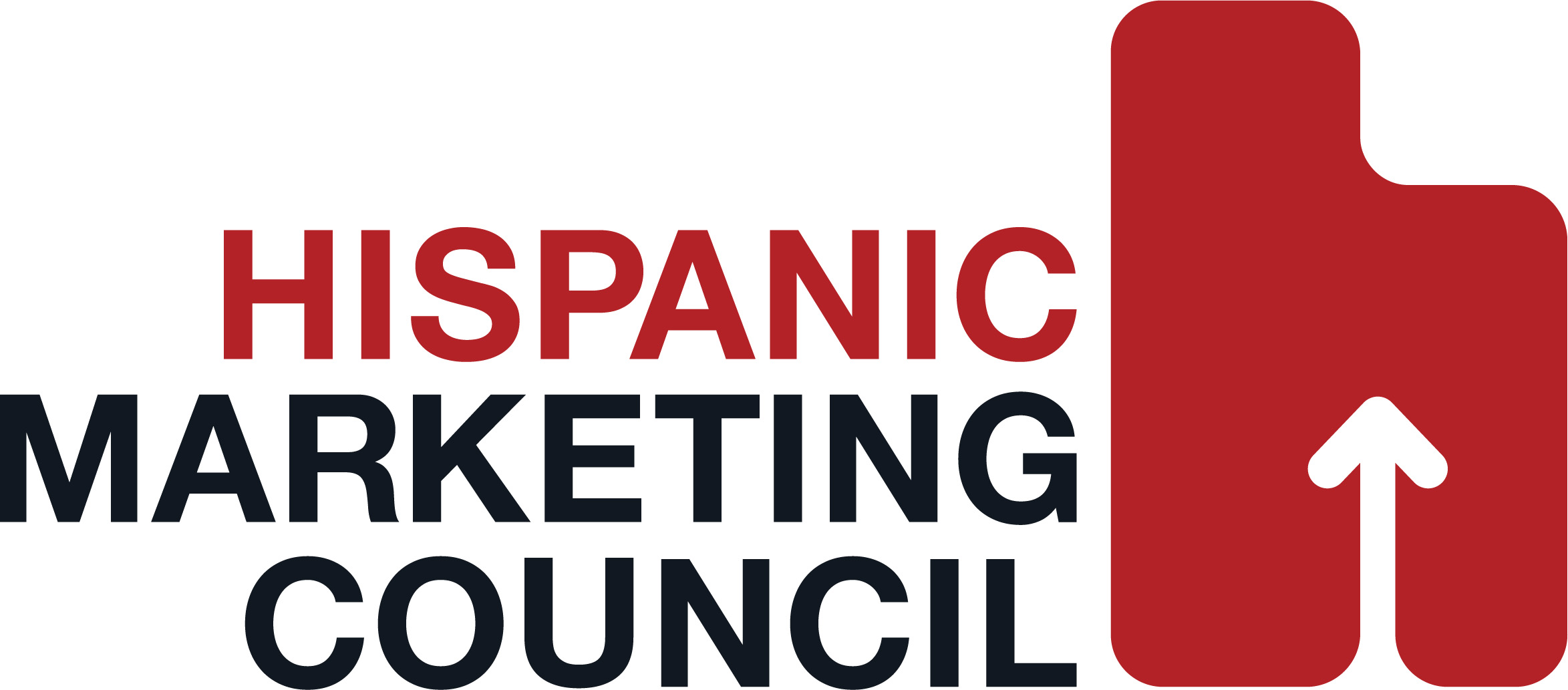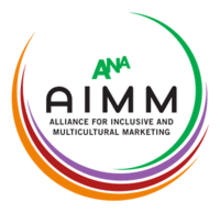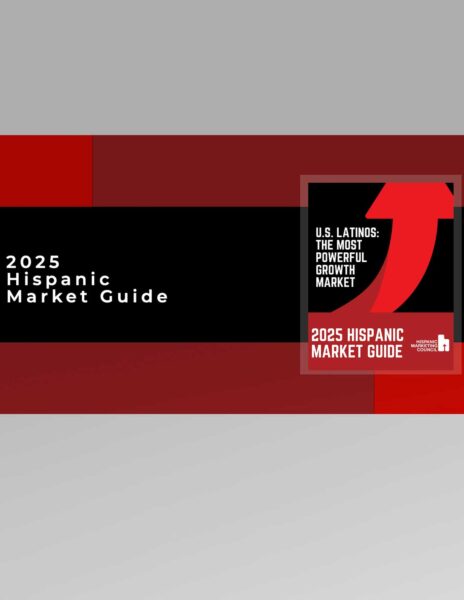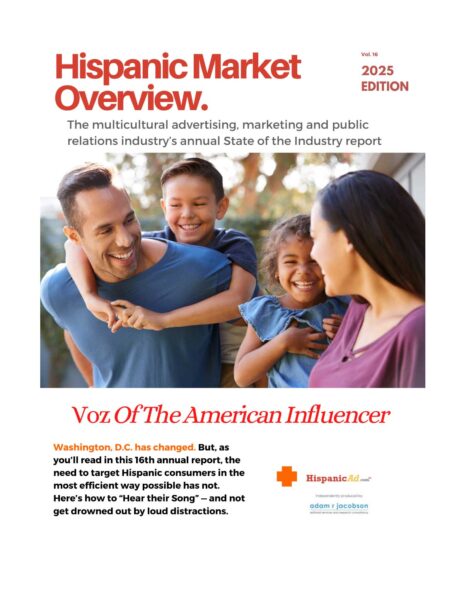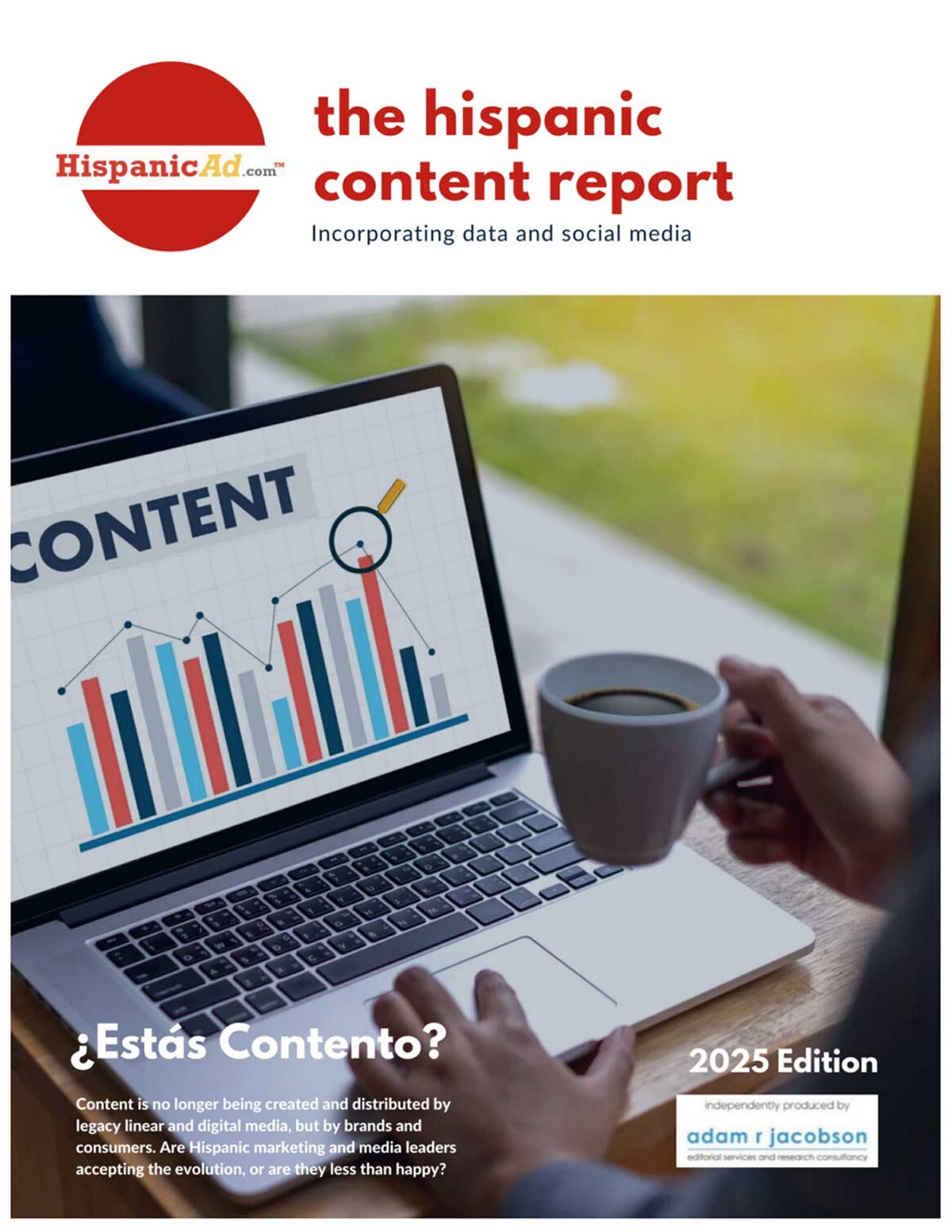Purchasing Power and Influence of the Multicultural Millennial [REPORT]
![]() The multicultural Millennial population consists of almost half of the Millennial generation (42%) and represents local markets that drive 47% of the total U.S. gross domestic product. In a new report, Multicultural Millennials: The Multiplier Effect explores key aspects of this population, including demographic information and trends, analysis of their choices of home cities, and how culture, food and technology are essential points of entry for reaching this generation.
The multicultural Millennial population consists of almost half of the Millennial generation (42%) and represents local markets that drive 47% of the total U.S. gross domestic product. In a new report, Multicultural Millennials: The Multiplier Effect explores key aspects of this population, including demographic information and trends, analysis of their choices of home cities, and how culture, food and technology are essential points of entry for reaching this generation.


 This week, I was honored to be named to the board of AHAA, the Association of Hispanic Advertising Agencies. Having co-founded a Hispanic advertising agency over 15 years ago, I see the opportunity to serve on AHAA’s board as a huge aha moment in my Hispanic marketing career.
This week, I was honored to be named to the board of AHAA, the Association of Hispanic Advertising Agencies. Having co-founded a Hispanic advertising agency over 15 years ago, I see the opportunity to serve on AHAA’s board as a huge aha moment in my Hispanic marketing career. The FCC on Tuesday (1/3) gave Univision Communications and Mexican media goliath Grupo Televisa a huge New Year’s gift by agreeing that the public interest would be served by permitting foreign ownership of Univision beyond the federally mandated limit of 25%. By Adam R Jacobson / RBR + TVBR
The FCC on Tuesday (1/3) gave Univision Communications and Mexican media goliath Grupo Televisa a huge New Year’s gift by agreeing that the public interest would be served by permitting foreign ownership of Univision beyond the federally mandated limit of 25%. By Adam R Jacobson / RBR + TVBR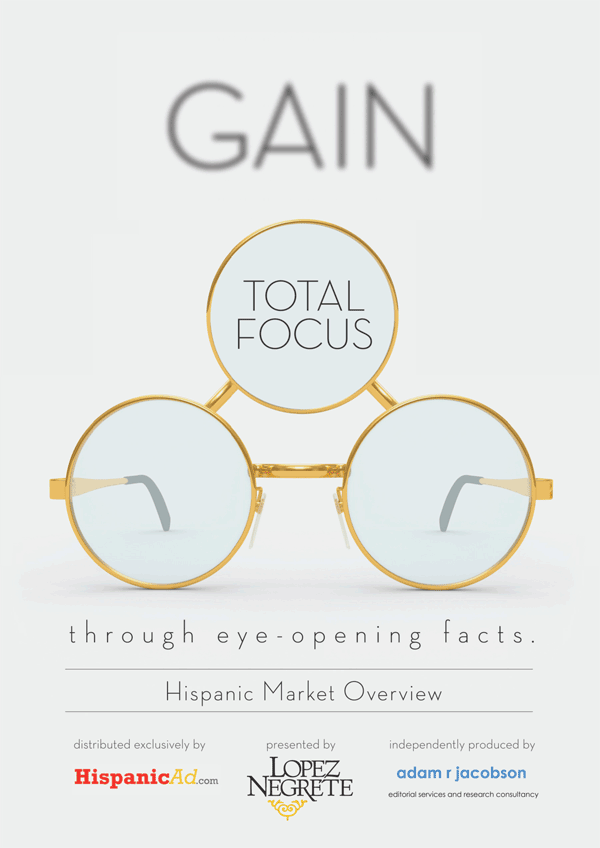
 HispanicAd in association with Adam R Jacobson are proud to announce the availability of the 2016 Hispanic TV Upfront Report. View and download for FREE
HispanicAd in association with Adam R Jacobson are proud to announce the availability of the 2016 Hispanic TV Upfront Report. View and download for FREE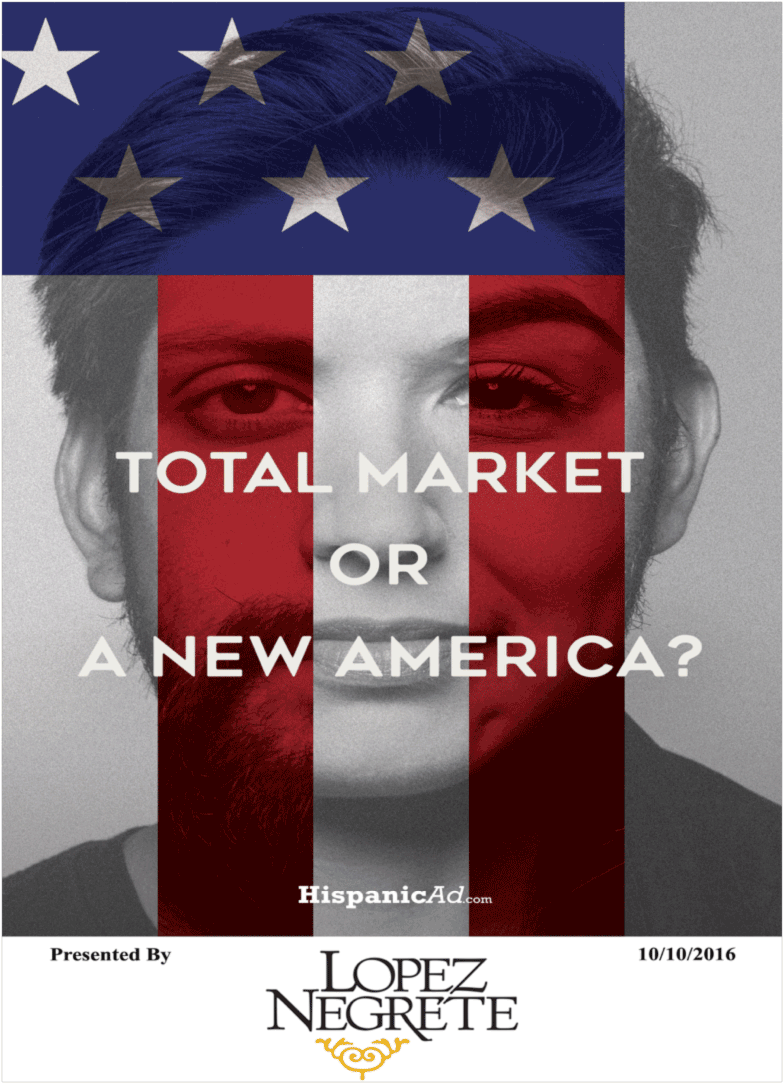
 Given the healthy short- and long-term impact of media advertising, marketers should realign a share of promotional dollars to media to stop brand erosion. This shift will enable marketers to reinforce brand equity, support shopper loyalty and drive consistent brand growth.
Given the healthy short- and long-term impact of media advertising, marketers should realign a share of promotional dollars to media to stop brand erosion. This shift will enable marketers to reinforce brand equity, support shopper loyalty and drive consistent brand growth. The new report—titled “Connected Interaction to Power Brand Attraction”— explores the many ways digital transformation has impacted marketing and the organization’s ability to grow and profit from expanded relationships with customers.
The new report—titled “Connected Interaction to Power Brand Attraction”— explores the many ways digital transformation has impacted marketing and the organization’s ability to grow and profit from expanded relationships with customers. If a single word could represent the U.S. marketing industry in 2016, what would it be? According to the members of the ANA (Association of National Advertisers), that word is transparency.
If a single word could represent the U.S. marketing industry in 2016, what would it be? According to the members of the ANA (Association of National Advertisers), that word is transparency. Five U.S. Senators have written a letter to the Government Accountability Office asking the organization to conduct a study into the advertising habits of government agencies as it relates to how much they allocate to minority-owned agencies and media outlets.
Five U.S. Senators have written a letter to the Government Accountability Office asking the organization to conduct a study into the advertising habits of government agencies as it relates to how much they allocate to minority-owned agencies and media outlets.






